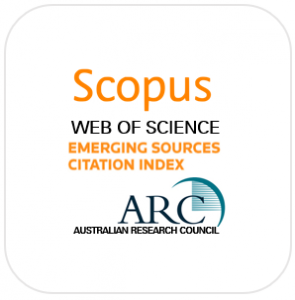ABSTRACT
Although graffiti has become a significant cultural and linguistic phenomenon and has been studied throughout history, there is still room for the exploration of how graffiti in different contexts, particularly in a higher education institution, serves to voice the anonymous student writers’ thoughts and feelings. Thus, this study examines the common themes and the lexical and syntactic features of college students’ graffiti writings on the walls of a state college in Zamboanga del Sur, Mindanao, Philippines. Employing thematic analysis, this study reveals that students’ graffiti writings contain a variety of themes such as love, discrimination, self and group identities, hatred, sex, faith and religion, management, education, and fanaticism, with love and discrimination as the most prevailing social themes. Students’ graffiti writings also exemplify distinct lexical features such as loan and swear words, taboo words/expressions, abbreviations, ironies, acronyms, repetitions, and compound words. Borrowings and using offensive or swear words are the most common lexical features found among these graffiti writings. In addition, students often use brief or terse statements to clearly express their thoughts and feelings to the public. Indeed, graffiti writings are a distinctive and silent way of communication, particularly for students who are in the marginalised section of any society.
DOWNLOAD

